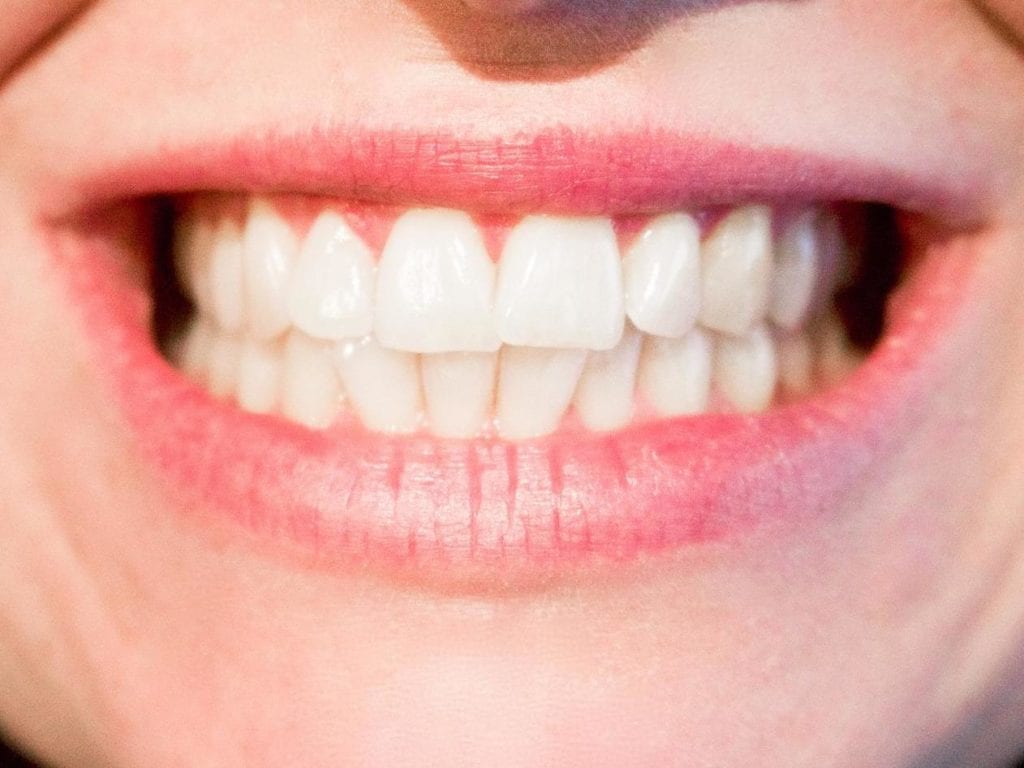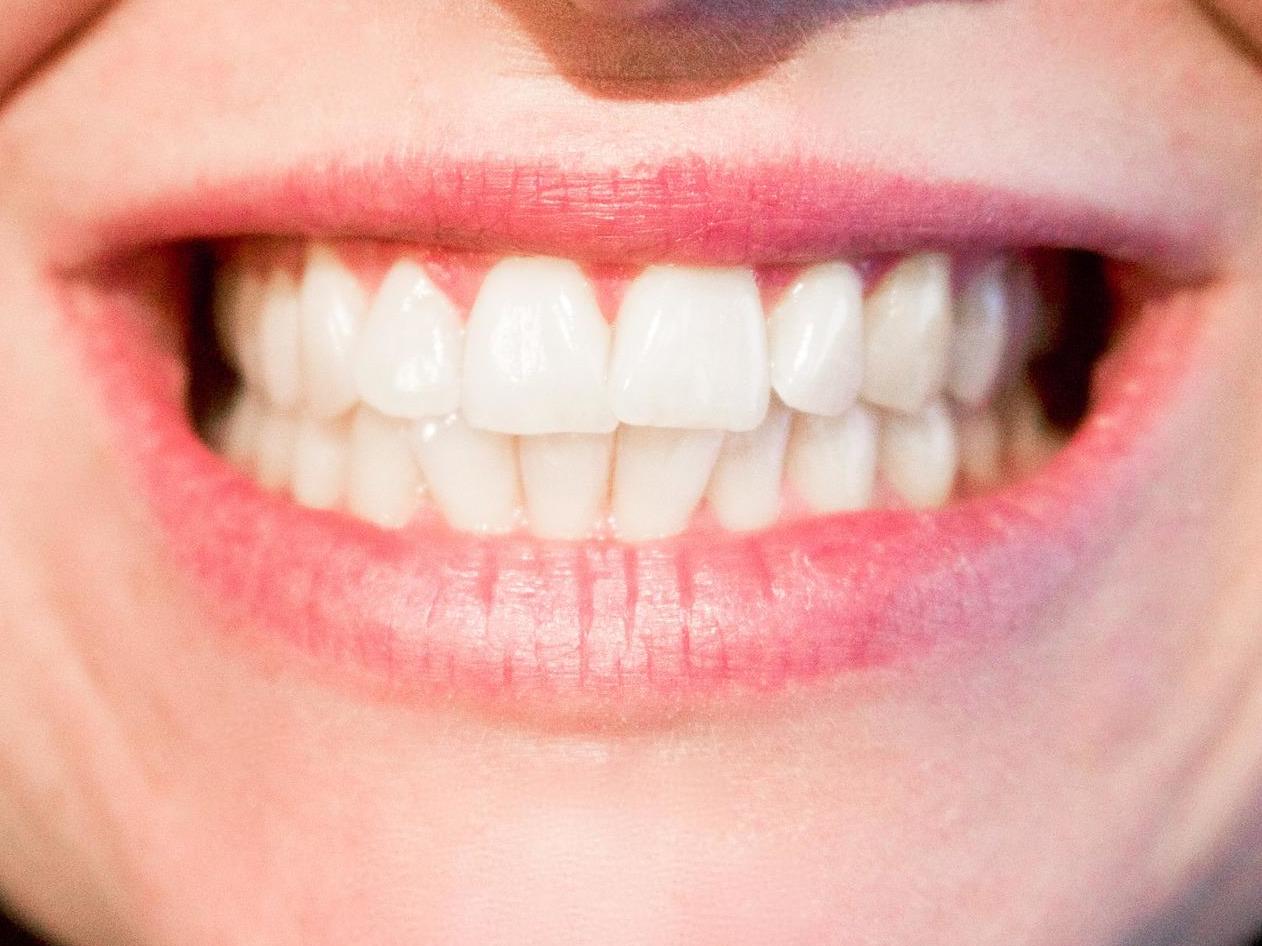
Did you know that there are 120 million Americans who have at least one missing tooth? That was reported by the American College of Prosthodontists. Tooth loss is commonly traced to certain oral conditions like gum diseases and cavities.
If you or someone in the family is losing the confidence to show their charming smile due to missing teeth, don’t lose hope yet. You have plenty of safe replacement procedures for your teeth to choose from, depending on factors such as:
- The number of teeth to be replaced
- Your budget for the treatment
- Your oral and overall health status
- How fast you prefer the treatment to be
Taking these factors into consideration, here are five safe teeth replacement procedures people commonly go to for help in restoring their teeth to their former glory.
1. Removable or partial dentures
Removable or partial dentures are the most budget-friendly and common option you can choose to replace your missing teeth. The base of the denture is usually made of pink acrylic to match the color of your gums. It is adorned with replacement teeth made of either acrylic or porcelain.
The removable variety is a denture that can easily be taken out, usually for cleaning purposes or to reduce discomfort. Partial dentures have fixed replacement teeth placed on the plastic base of the denture. They come with clasps to keep the dentures in place.
The partial variety is recommended if you still have plenty of healthy teeth remaining the dentures can grasp on.
If you’re opting for the removable dentures, your dentist may recommend you to opt for crowns or caps too. They can help your removable dentures fit your mouth more comfortably.
It might take longer for you to get accustomed to a denture. There’s still the possibility of your dentures getting loose in your mouth, affecting the way you chew your food. Even the clasps have a tendency to come loose.
Aside from that, some people say the dentures feel bulky and unnatural in the mouth. Some even have difficulty in speaking during the first few weeks with their dentures on.
You might even have a few more dental appointments afterward to make some adjustments and identify sore spots from the dentures. But whatever happens, never force your dentures in place by biting them down. They’re prone to breaking, but they’re cheaper and easier to repair than fixed bridges.
According to the American Dental Association, dentures are not meant for wearing 24 hours a day. You must remove from time to time, ideally before going to bed.
2. Removable dentures supported by implants
If your teeth in the upper or lower arch are missing or require replacement, but have issues with removable or partial dentures, you can also opt for removable implant-supported dentures.
Special attachments are placed into the jaw with titanium dental implants, which would serve as the points where the denture would snap or clasp onto.
Like the other dentures, you also need to remove these implant-supported dentures for cleaning and to give your gum some breathing room. You also need to visit your dentist regularly so s/he can check the attachment points and the whole denture from time to time.
With the extra steps involved in the procedure, expect the procedure to be more expensive than going for removable or partial dentures.
3. Fixed Bridges
Fixed bridges cost more than dentures, but it’s the best replacement option if you want natural-looking teeth and have the budget to spare. If the teeth around the gap are all healthy, your dentist may recommend this option to you too.
In this process, the gap left by your missing teeth is filled with a bridge, a series of dental crowns connected and cemented into place.
Having a fixed bridge may require more than one dental visit too. On your first visit, the dentist will prepare your teeth on both sides of the gaps. Sometimes, these teeth will be removed to make space for the bridge, even if the teeth are still in perfect shape.
After checking, your dentist will send his/her findings to a dental laboratory, where they’ll start making the bridge. Your dentist will place a temporary bridge to protect your teeth while waiting for the permanent one.
It usually takes two to three weeks to make the permanent bridge. Once done, your dentist will cement it in place, which can take up to one or more dental appointments.
4. Implants
Dental implants are also one of the popular teeth replacement options available. It’s also the most reliable method and provides the most “natural” feeling from replacement teeth. They’re the perfect option if you’re looking to replace a single, several, or a full set of teeth.
Implants are placed in the upper or lower jaw to stand as anchors for the replacement teeth. They’re mostly made of titanium, but other materials are good, as long they’re safe for the human body.
The process of placing implants is almost the same as the fixed bridge, with a crown fitted in the gap with dental implants. The only difference is, no teeth would be harmed in the process, including the healthy ones.
Implants are not for everyone. Patients need to undergo surgery, so their health must be in tiptop shape. They should be committed to practicing oral care routines every day and attending dental appointments regularly. The cost of implants is as pricey as bridges too.
Placing the implants also requires multiple surgeries, and the healing time between each can take longer. Only when the surgeries are done can the replacement be finally placed in the gap.
5. All-On-Four (AO4)
AO4 is the most expensive option on this list, but it’s the best option if you want to bring back your pearly white smile.
The AO4 procedure uses four dental implants supporting a full arch. Similar to the fixed bridges option, the dentist may need to remove some of your teeth to make way for the implant. Afterward, they’ll place the titanium screws into the jaw, then the crowns atop the screws.
The major downside to this procedure is the cost. A treatment can cost up to $59,000, depending on the materials used.
What’s the perfect replacement procedure for me?
The perfect teeth replacement procedure still depends on you. The best way to determine the perfect procedure for you is to consult your dentist for recommendations. They can discuss the right option/s for you that fit your budget and preferences.
